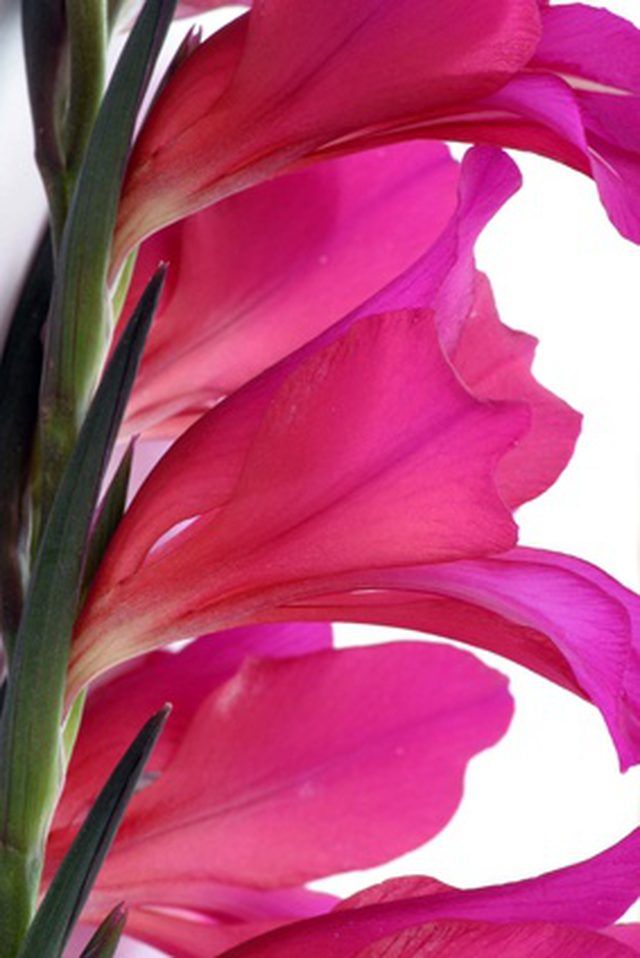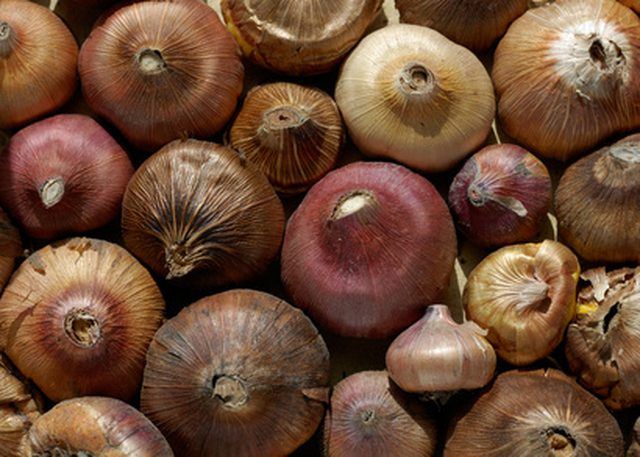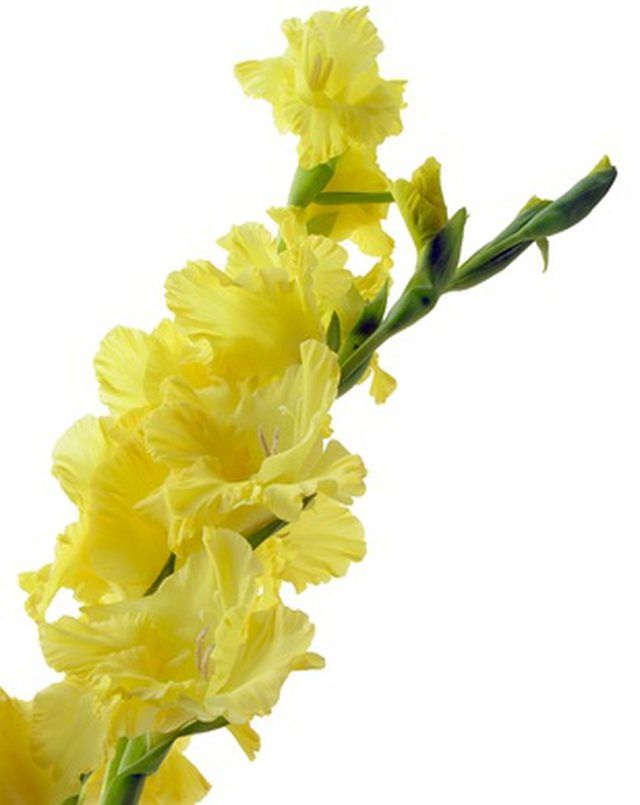Bulbs
Flower Basics
Flower Beds & Specialty Gardens
Flower Garden
Garden Furniture
Garden Gnomes
Garden Seeds
Garden Sheds
Garden Statues
Garden Tools & Supplies
Gardening Basics
Green & Organic
Groundcovers & Vines
Growing Annuals
Growing Basil
Growing Beans
Growing Berries
Growing Blueberries
Growing Cactus
Growing Corn
Growing Cotton
Growing Edibles
Growing Flowers
Growing Garlic
Growing Grapes
Growing Grass
Growing Herbs
Growing Jasmine
Growing Mint
Growing Mushrooms
Orchids
Growing Peanuts
Growing Perennials
Growing Plants
Growing Rosemary
Growing Roses
Growing Strawberries
Growing Sunflowers
Growing Thyme
Growing Tomatoes
Growing Tulips
Growing Vegetables
Herb Basics
Herb Garden
Indoor Growing
Landscaping Basics
Landscaping Patios
Landscaping Plants
Landscaping Shrubs
Landscaping Trees
Landscaping Walks & Pathways
Lawn Basics
Lawn Maintenance
Lawn Mowers
Lawn Ornaments
Lawn Planting
Lawn Tools
Outdoor Growing
Overall Landscape Planning
Pests, Weeds & Problems
Plant Basics
Rock Garden
Rose Garden
Shrubs
Soil
Specialty Gardens
Trees
Vegetable Garden
Yard Maintenance
How Deep Do I Plant Gladiola Bulbs?
How Deep Do I Plant Gladiola Bulbs?. Gladiola or gladiolus grows 2 to 6 feet high with spikes bearing a double row of trumpet-shaped flowers and swordlike leaves. Flowers are 1 to 8 inches in diameter and are produced in a wide range of colors.

Gladiola or gladiolus grows 2 to 6 feet high with spikes bearing a double row of trumpet-shaped flowers and swordlike leaves. Flowers are 1 to 8 inches in diameter and are produced in a wide range of colors.
Bulbs and Corms
"Bulb" is a general term used to describe fleshy underground organs that some plants use to store nutrients during winter. A gladiolus bulb is technically a corm, which is a mass of tissues at the base of a stem that stores nutrients.

Planting
Gladiolus corms are planted in late winter or early spring. The North Dakota State University Agriculture and University Extension says soil type and size of corms determine the spacing and depth of planting. In general, corms are planted deeper in sandy soils and shallower in heavy soils.
The extension advises planting large corms 6 inches deep and 6 inches apart; medium corms 4 to 5 inches deep and 3 to 4 inches apart; small corms 3 inches deep and 2 inches apart; and cormels (pea-sized, newly formed corms) 1 to 2 inches deep and 1 to 2 inches apart.

Digging Up
Gladiolus corms must be dug up and stored each fall, then replanted in the spring after danger of frost has passed.